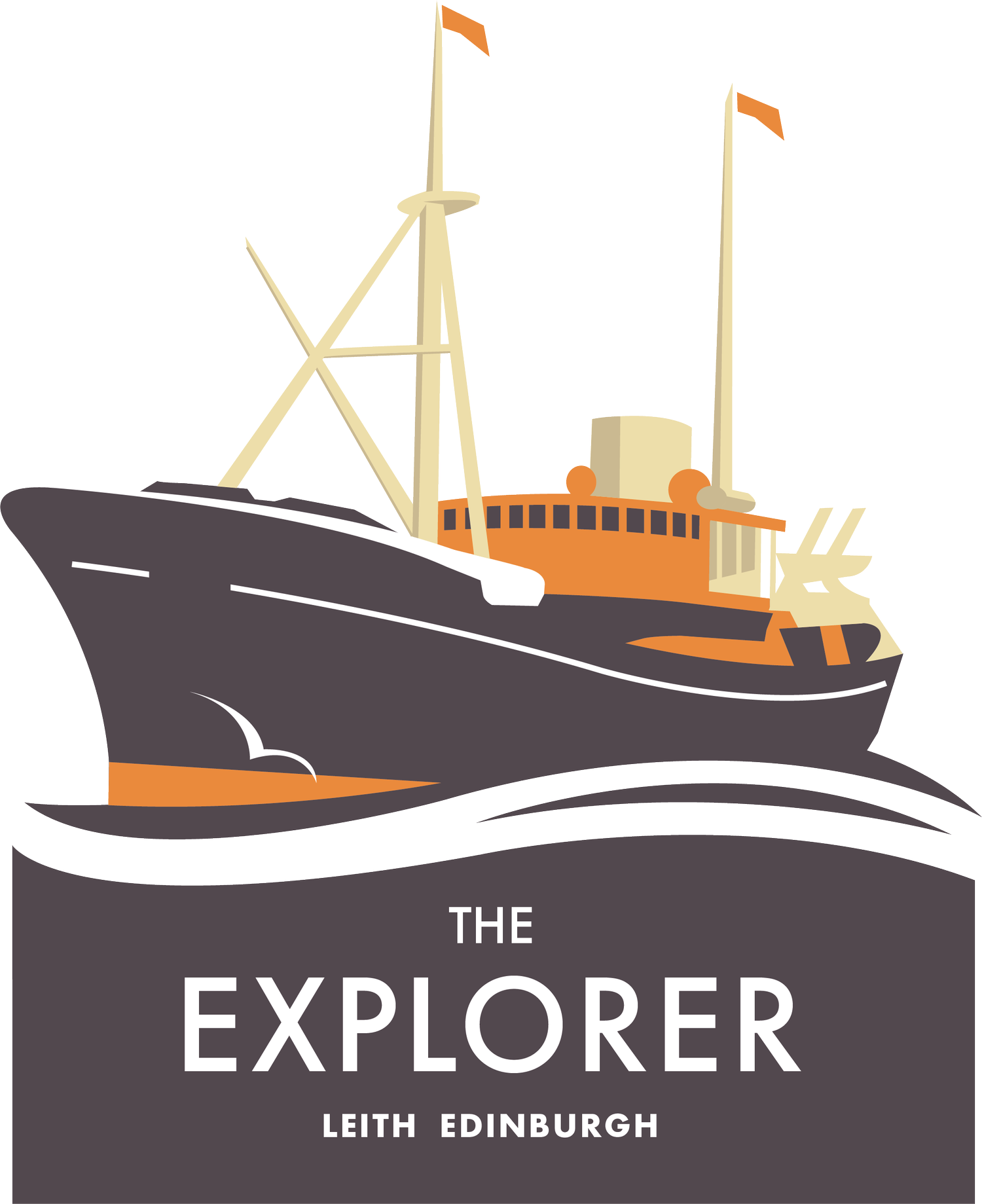Commander John ‘Ian’ Steven RD
(1932 - 2014)
John “Ian” Steven was originally from Thurso but had come to Edinburgh to work as a train driver at Leith Docks.
Ian underwent national service training at Dreghorn Barracks before being posted to the Royal Scots, which he disliked so much he transferred to the Royal Signals, a move that would change his life forever.
At this time Britain was involved in peacekeeping in what was known as the Malayan Emergency where communist insurgents were attempting to overthrow the government.
Ian now found himself attached to British Special Forces as a signaller in the SAS.
Ian saw active service in the Malayan jungle, but the only injury he sustained was a fractured nose after colliding with a tree in a parachute drop. He was however awarded the General Service Medal for the Malayan Emergency which he proudly wore next to his Reserve Decoration, a Royal Naval Reserve medal.
On completion of national service Ian returned to Civvy Street but found it difficult to adjust to being a bank clerk. One day, the bank manager enquired of Ian: “Have you got a problem?” To which Ian replied: “Yes, you are my problem.” He then stormed out, later applying to Leith Nautical College for a place.
He was accepted and qualified as a radio operator in the Merchant Navy. As a merchant seaman he travelled around the world twice, on passenger and cargo ships, before he was 21.
He then decided to join the Royal Naval Reserve, was accepted, and commissioned as a Radio Officer, eventually being awarded the Reserve Decoration after 14 years’ service as a commissioned officer. Ultimately, he reached the rank of Commander, and he was known as “The Commander” in certain circles for the rest of his life.
During the early 1970s, Ian was involved in the Cod Wars, a standoff between Britain and Iceland about fishing rights. Ian was attached to the full-time Royal Navy for duties in the seas off Iceland.
He was then recruited into Naval Intelligence. He was serving as a signals officer on the SS Explorer, a fisheries research ship sailing out of Leith and, unknown to the crew, being used to spy on Russian submarines in the Barents Sea, north of Norway. Ian would meet American naval intelligence officers prior to the Explorer sailing and secret equipment would be fitted for Ian to use at sea.
Only the Captain and Ian knew of this. After the Explorer returned to Leith the equipment would be removed for analysis. It was at this time, February 1974 at the height of the Cold War, that the FV Gaul, a fishing factory ship, mysteriously vanished with 36 crew on board on the night of 8-9 February in the Barents Sea. This was the very area the Explorer operated in. Ian believed the Soviets knew spying was going on but mistook the Gaul for the spy ship and sunk it. The full report into the sinking is still secret. Ian continued to have an input into naval intelligence for many years after this incident.
Ian encountered a young lady called Anne Greenshields in 1958 at the New Cavendish Ballroom in Morningside. They wed in South Leith Parish Church on 30 September 1961. Soon they were blessed with two children, Andrew, and Catherine.
He was instrumental in setting up Solas (safety of life at sea) to train and test trawlermen in survival skills. Ian also taught communication to the police college at Tulliallan, as well as navigation and communications to potential yacht skippers at Port Edgar. Again, he was also a qualified examiner.
Ian and Anne occupied two homes in the Leith area in the last 40 years or so. Initially in Ryehill Grove and laterally in Craigentinny Avenue, which he shared with his daughter Catherine. Ian was proud of his children and their achievements and of his granddaughter Cara.


